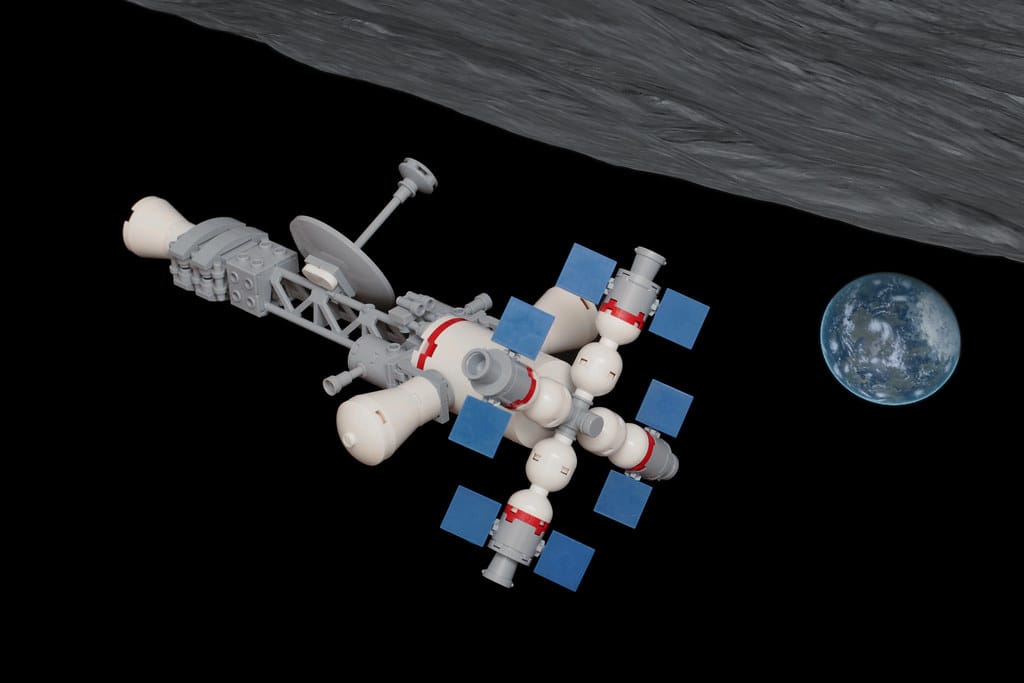Russia Launches New Soyuz-2.1v Rocket to Cut Ties with Ukrainian Defense Industry
Russia has successfully tested its new Soyuz-2.1v rocket, marking a pivotal step in the country's decade-long effort to eliminate its dependency on Ukrainian-manufactured components in its space program. This development represents both a technological milestone and a geopolitical statement as Russia continues to reshape its aerospace industry amid ongoing international tensions.
Breaking Free from Soviet-Era Supply Chains
The launch of the Soyuz-2.1v represents more than just another rocket test—it symbolizes Russia's determination to achieve complete aerospace independence. Since the dissolution of the Soviet Union, Russia's space program has remained entangled with Ukrainian suppliers, particularly for critical rocket engines and guidance systems that were manufactured in facilities across Ukraine.
The new rocket variant eliminates the need for Ukrainian-made RD-120 engines, instead utilizing Russian-manufactured RD-191 engines. This transition has been years in the making, with Roscosmos investing billions of rubles to develop domestic alternatives to Ukrainian components that have powered Russian rockets for decades.
The Ukrainian Connection That Defined an Era
Ukraine's role in Russia's space program dates back to Soviet times when the country housed major aerospace manufacturing facilities. The Yuzhmash plant in Dnipro became a cornerstone of Soviet rocket production, manufacturing engines and entire launch vehicles that would carry both Russian and international payloads to orbit.
Even after independence, this relationship persisted through commercial agreements. Ukrainian companies continued supplying critical components, including:
- RD-120 rocket engines for Soyuz missions
- Navigation and guidance systems
- Specialized metallurgical components
- Technical expertise and maintenance services
However, geopolitical tensions that began escalating in 2014 put this partnership under severe strain, accelerating Russia's push for aerospace independence.
Technical Challenges and Innovations
Developing the Soyuz-2.1v required significant technical innovations and substantial investment. The Russian space agency had to recreate manufacturing capabilities that had been distributed across the former Soviet republics, essentially rebuilding parts of its industrial base from scratch.
The new rocket features enhanced payload capacity and improved reliability compared to its predecessors. Russian engineers redesigned the fuel systems, updated the avionics, and implemented new manufacturing processes to ensure quality control remained at international standards.
Initial tests suggest the Soyuz-2.1v can carry up to 2,850 kilograms to low Earth orbit, making it competitive with international launch providers while maintaining the reliability that has made Soyuz rockets the workhorses of global space transportation.
Economic and Strategic Implications
The financial cost of this independence has been substantial. Industry estimates suggest Russia has invested over $3 billion in developing domestic alternatives to Ukrainian components. However, this investment is viewed as strategically essential, providing Russia with complete control over its space launch capabilities.
This development also affects the international space market. With reduced dependency on Ukrainian suppliers, Russia can offer more predictable launch schedules to commercial clients, potentially strengthening its position in the competitive global launch services market.
For Ukraine, losing Russia as a customer represents a significant economic blow to its aerospace sector, which employed thousands of workers and generated substantial export revenue.
Looking Toward Future Missions
The successful testing of the Soyuz-2.1v opens new possibilities for Russia's space ambitions. The rocket is expected to play a crucial role in upcoming missions to the International Space Station, commercial satellite deployments, and potentially future lunar missions as part of Russia's renewed focus on deep space exploration.
Russian space officials have indicated that the Soyuz-2.1v will gradually replace older variants in their launch manifest, with full operational deployment expected within the next two years.
A New Chapter in Space Independence
Russia's development of the Soyuz-2.1v rocket represents more than technological advancement—it marks the end of a post-Soviet era of interdependence in aerospace manufacturing. While this transition has required substantial investment and years of development, it positions Russia for greater autonomy in its space operations.
The success of this program demonstrates how geopolitical pressures can drive innovation and industrial reorganization. As Russia continues to navigate complex international relationships, its achievement of aerospace independence through the Soyuz-2.1v ensures that its space ambitions remain under domestic control, setting the stage for the next phase of Russian space exploration and commercial launch services.
